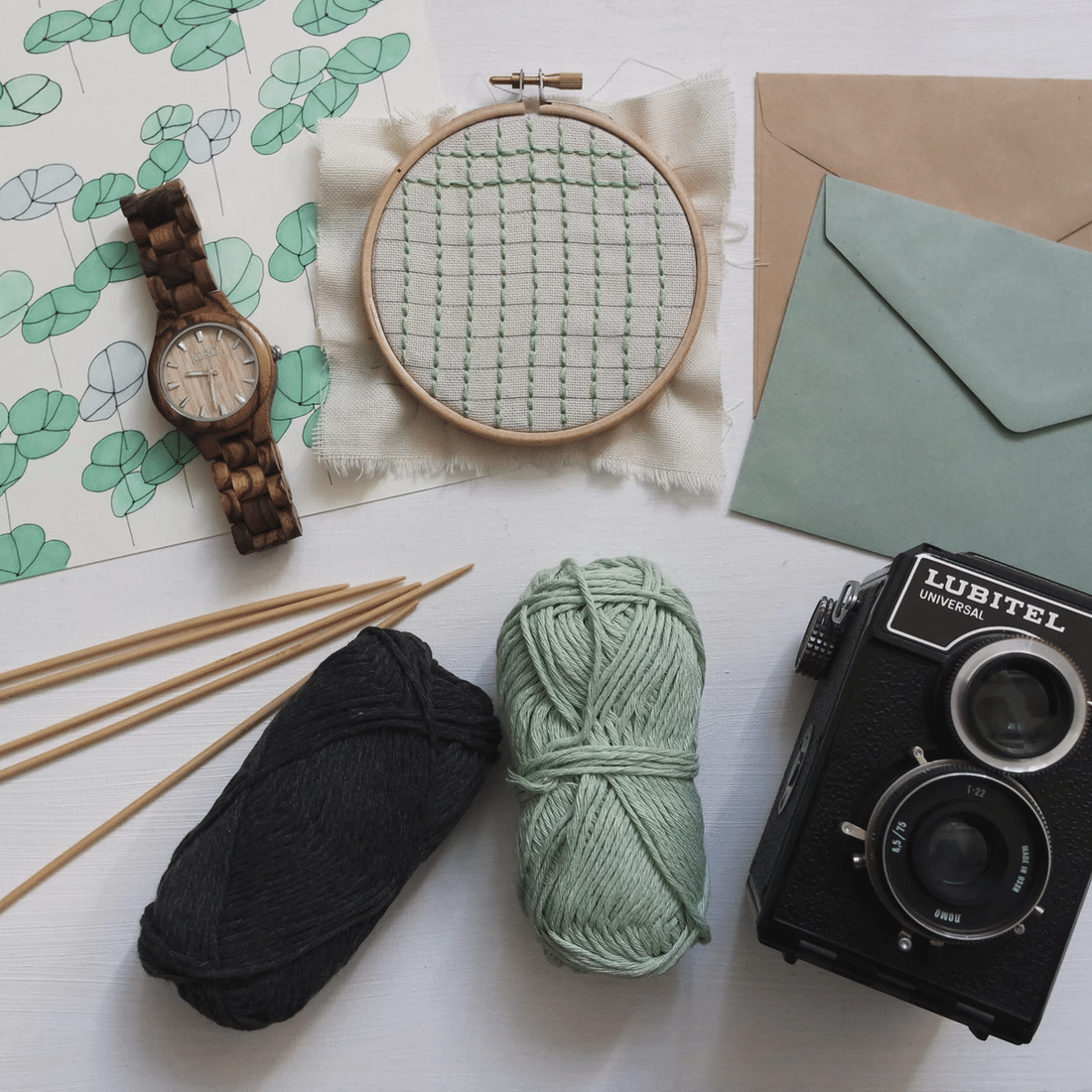Most of the time, people are never satisfied with something that’s too plain. Some would always demand boba pearls for their winter melon milk tea. A lot would place paintings on their house’s dull-colored walls. Many would prefer wearing styled clothing over ordinary ones.
That is the beauty of uniqueness. People have varying preferences, choices, and favorites. But, as style and fashion were previously mentioned, how would you like your knitted clothes to appear? Simple or embellished? If your answer resonates on the latter, then we are on the same page.
The XD computerized knitting machine according to this website, https://www.xdknitmachinery.com/products/computerized/ makes beautiful knit designs on garments. And knit fabrics often work pretty well with embroidery. I bet you’re interested in that as well.
What is embroidery?
Embroidery is the activity or method of decorating different types of fabrics still using threads and needles. So if you are already at the advanced level of knitting, you might be curious and interested in adorning your garment with more decorating materials.
Apart from threads, embroidery makes use of accessories like pearls, sequins, beads, jewelry, velvet, chiffon, suzani, quills, and many more. These are all in the wide selection of embroidery options. Exciting, right?
If you are a fan of beads or sequins, you can personally work on your hand embroidery designs after finishing your knitting patterns and the kloth your sewing. You’re the boss, so you get to pick your choice of embellishment.
Also Read: How to Decorate Your Office: 7 Tips
Tools You’ll Need
Embroidery is the activity or method of decorating different types of fabrics still using threads and needles. So if you are already at the advanced level of knitting, you might be curious and interested in adorning your garment with more decorating materials.
Apart from threads, embroidery makes use of accessories like pearls, sequins, beads, jewelry, velvet, chiffon, suzani, quills, and many more. These are all in the wide selection of embroidery options. Exciting, right?
If you are a fan of beads or sequins, you can personally work on your hand embroidery designs after finishing your knitting patterns and the kloth your sewing. You’re the boss, so you get to pick your choice of embellishment.
Also Read: How to Decorate Your Office: 7 Tips
Knit Fabric
While quilting cotton is an ideal choice for starting on embroidery, you can grab your knit or any even-weave fabric. Light-colored material will provide you with a lot of ease as you do your work! So, you can actually work on your plain knit shirt, sweater, cardigan, hat, gloves or scarf. A bit more information, if you’re curious about Aida cloth, it is best used for cross stitch patterns.
Needles
There are various kinds of Fabric embroidery needles in the market. You can buy a box or pack of some types, so you would have options to try on in seeing which best will work on your specific project, but actually, any needle that is sharp and capable of holding embroidery floss will be enough.
Embroidery Floss
One of the most common threads used for embroidery is embroidery floss. It is a mercerized thread or cotton that is treated with sodium hydroxide to make it more accepting of dyes. Embroidery floss is comprised of 6 individual and separable plies. Depending on your preference, any number can be used to pass through the needle eye hole. It is inexpensive and available in almost all colors.
Embroidery Hoop
An embroidery hoop is a helpful tool in general embroidery. It keeps your fabric stretched and pulled tight. Thus, the stitching will go smoothly. You can use a 6-inch wooden or plastic hoop. The goal is to have even stitches all throughout the process, so it is important to maintain the same and right amount of tension on your knit fabric.
Scissors
Any pair of scissors will work, but you have to make sure they’re a sharp cutter and easy for you to use. If not, you will have trouble creating clean stitches.
Pencil or Water-soluble Pen
A pencil or water-soluble pen will be your best buddy in transferring an embroidery design. Of course, you will need a pattern to follow as you stitch. While a pencil is okay to use, a water-soluble pen will give you even more neat markings as you trace.
Basic Pattern Guide
Yes, if you’re only about to start on your first project, you will definitely need something to guide you (if not someone!). You can get yourself some books that have step-by-step tutorials on embroidery patterns. You can check the web and watch some videos that teach how some patterns can be made. Here, we are providing you with 10 Free Embroidery Patterns by Spruce Crafts. Happy stitching!
Choosing Stitches
There are three basic types of stitches. Straight stitch, back stitch, and starting/stopping stitch.
Straight stitch involves short straight lines. Backstitch is useful in making outlines. The key is actually to make stitches of the same length! Start and stop can basically pertain to a knot. But as you move forward and practice more, you will discover different techniques that will deliver more amazing work.
Conclusion
Embroidery, in general, can be quite intimidating, especially for beginners. But once you get started on it, you will know that it is actually an easy and fun hobby to get your head and hands into! Particularly when you like to create and get into details. For a final tip, remember that you need to wash your embroidered design in order to rinse off the markings you have made and remove fabric wrinkles. Afterward, press it with a towel and place it within another towel that’s folded, then iron from its back. Good luck on your first project!

